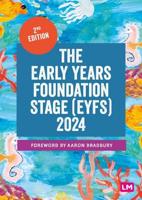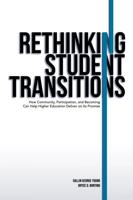Publisher's Synopsis
Listen to the presentation of this book! Semiotics has explained the cognitive mechanisms of a complex, subtle and important phenomenon affecting all human interactions and communications across socio-cultural, socio-economic groups. Semiotics has captured a durable and enriching functionality from multiple disciplines including psychology, anthropology, sociology, philosophy, marketing and their multidisciplinary off-spring, such as, educational psychology, consumer psychology, visual literacy, media studies, etc. Semiotic treatises have explored critical factors affecting the relationship between any intended message and the message recipient's interpretation. The factors that shape interpretation inherently affect learning and often directly affect learner engagement with the content. Learning environments have been culturally-laden communication experiences which academics, largely segmented by discipline, have described but often cloaked in semiotic jargon. Each chapter integrates example after example of semiotics in everyday activities and events, such as stories, graphics, movies, games, infographics, and educational strategies. The chapters also present the most salient semiotic features for learning environments. The book describes semiotics as a communications phenomenon with practical implications for educators to enhance courses and programs with semiotic features in any educational environment but especially in mediated e-learning environments.










